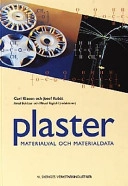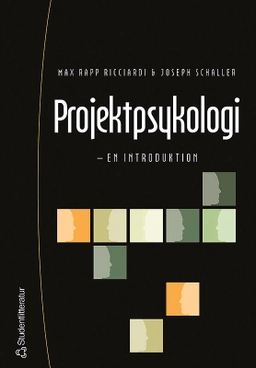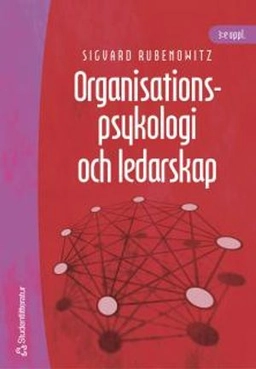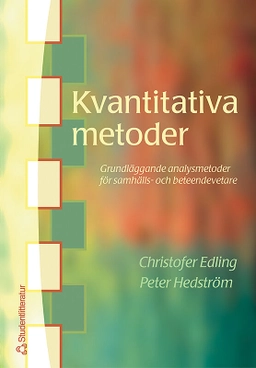(NOTE: Each chapter concludes with Further Reading and Problems.)
1. Introduction.
Historical Review. Elements of an Electrical Communication System. Communication Channels and Their Characteristics. Mathematical Models for Communication Channels. Organization of the Book.
2. Frequency Domain Analysis of Signals and Systems.
Fourier Series. Fourier Transforms. Power and Energy. Sampling of Bandlimited Signals. Bandpass Signals.
3. Analog Signal Transmission and Reception.
Introduction to Modulation. Amplitude Modulation (AM). Angle Modulation. Radio and Television Broadcasting. Mobile Radio Stations.
4. Random Processes.
Probability and Random Variables. Random Processes: Basic Concepts. Random Processes in the Frequency Domain. Gaussian and White Processes. Bandlimited Processes and Sampling. Bandpass Processes.
5. Effect of Noise on Analog Communication Systems.
Effect of Noise on Linear-Modulation Systems. Carrier-Phase Estimation with a Phase-Locked Loop (PLL). Effect of Noise on Angle Modulation. Comparison of Analog-Modulation Systems. Effects of Transmission Losses and Noise in Analog Communication Systems.
6. Information Sources and Source Coding.
Modeling of Information Sources. Source-Coding Theorem. Source-Coding Algorithms. Rate-Distortion Theory. Quantization. Waveform Coding. Analysis-Synthesis Techniques. Digital Audio Transmission and Digital Audio Recording. The JPEG Image-Coding Standard.
7. Digital Transmission through the Additive White Gaussian Noise Channel.
Geometric Representation of Signal Waveforms. Pulse Amplitude Modulation. Two-Dimensional Signal Waveforms. Multidimensional Signal Waveforms. Optimum Receiver for Digitally Modulated Signals in Additive White Gaussian Noise. Probability of Error for Signal Detection in Additive White Gaussian Noise. Performance Analysis for Wireline and Radio Communication Channels. Symbol Synchronization.
8. Digital Transmission through Bandlimited AWGN Channels.
Digital Transmission through Bandlimited Channels. The Power Spectrum of Digitally Modulated Signals. Signal Design for Bandlimited Channels. Probability of Error in Detection of Digital PAM. Digitally Modulated Signals with Memory. System Design in the Presence of Channel Distortion. Multicarrier Modulation and OFDM.
9. Channel Capacity and Coding.
Modeling of Communication Channels. Channel Capacity. Bounds on Communication. Coding for Reliable Communication. Linear Block Codes. Cyclic Codes. Convolutional Codes. Complex Codes Based on Combination of Simple Codes. Coding for Bandwidth-Constrained Channels. Practical Applications of Coding.
10. Wireless Communications.
Digital Transmission on Fading Multipath Channels. Continuous Carrier-Phase Modulation. Spread-Spectrum Communication Systems. Digital Cellular Communication Systems.
Appendix A: The Probability of Error for Multichannel Reception of Binary Signals.
References.
Index.
Åtkomstkoder och digitalt tilläggsmaterial garanteras inte med begagnade böcker





















